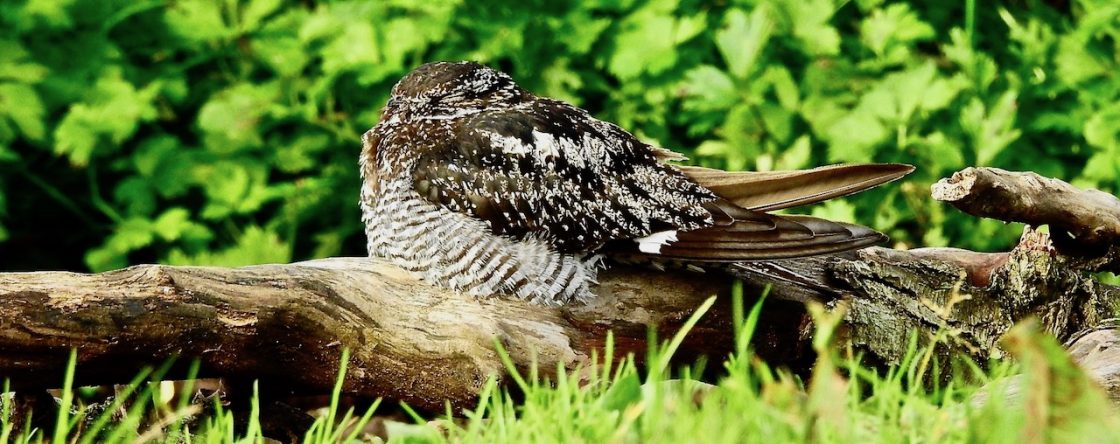
The latest appearance by a Hummingbird hawk-moth drifting around one of the buddleia at Dempsey Towers delayed birding for a bit today.
I usually manage one here annually now, but this year they have already visited several times and this critter hung around long enough for me to go and get my camera as it weaved amongst the flower heads, nimbly side-stepping White-tailed Bumblebees and Cabbage Whites.
Good numbers have been recorded this year locally of course – the more the merrier…
“Blink and you miss it” video clip on YouTube here.
When I did finally get down to the marsh, three of the Spoonbills were feeding at the back of the Sandplant lagoon, where they remained sieving the silty water and throwing daft shapes until about 2.30pm then they flew off south, presumably for a snooze on the Marine Lake’s northernmost island.


Shaky video on YouTube here.
With rain rolling in from the south east a few of the commoner waders were around the parched area – Dunlin, LRPs, Snipe, Lapwing, Common Sand, Blackwits and Redshanks, but it still felt a bit slow.
Mad as the Spoonbils were, Hummingbird hawks are always fun, especially on home turf – clearly the “summer lull” bugs v birds debate remains unresolved.















